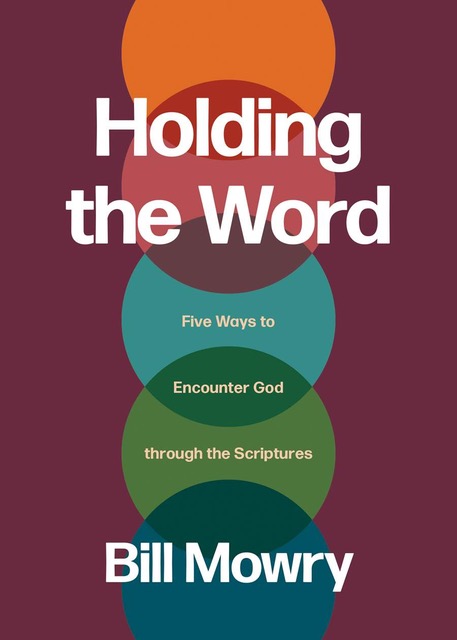My wife and I love “yardening.” Our property has limited direct sun so we have difficulty growing a vegatable garden but we can grow flowers and shrubs. This makes us avid yardeners.
Did you know that gardening, and yardening, is American’s #1 hobby? In Columbus, Ohio these enthusiasts crowd garden centers and nurseries around May 15. This is the magic frost date — it’s nearly impossible for plants to be touched by frost after this date in Ohio.
In my local garden center, there’s a mad rush to buy plants around this time. Police direct traffic in and out of the parking lots of nurseries. On one May Saturday, I was standing in line with my shopping card full of perennials and annuals. As I looked around, I thought, “This nursery’s goal is to get rid of all their plants. Hundreds of households are planting their plants in every corner of Columbus.”
My mind drifted back to a recent visit to the Franklin Conservatory in Columbus. The Conservatory is a place that “keeps” plants. You can visit the Rain Forest Room, the Desert Room, the Orchid Room, or the Bonzai Room. Plants in the conservatory remain there in an artificial setting. We look but we cannot remove.
In a weird flash of insight, I asked myself, “What should the church be like? Should it be like a garden center or a conservatory?” How did I answer the question?
I think the church should be like a garden center. Our goal is to grow healthy lives of faith and then release these lives into the community. We’re not to create artificial settings to retain the plants, we nourish the plants and then move them out the doors.
In Philippians 2:15, the Apostle Paul exhorts the Christ-followers to “shine as lights in a world full of crooked and perverse people.” Jesus said the same thing in Matthew 5:15-16, we’re to place the light of lives in a dark world so that people “will give glory to your father in heaven.” The goal is not to remove the light but to move the light of our lives into the dark places of our neighborhoods, work places, and even family relationships. This means living on mission or living and laboring among the lost. This is so important that Jesus invites us to partner with Him in prayer, asking the Father to send out laborers, “workers” for the harvest (Matthew 9:36-38).
Disciples are people who naturally live as lights in dark places. This is what a disciple does. Anything less will turn our churches into conservatories and not nurseries. Culture building is always missional — preparing and sending people to be light in dark places for the glory of God. It’s all about the garden center.

